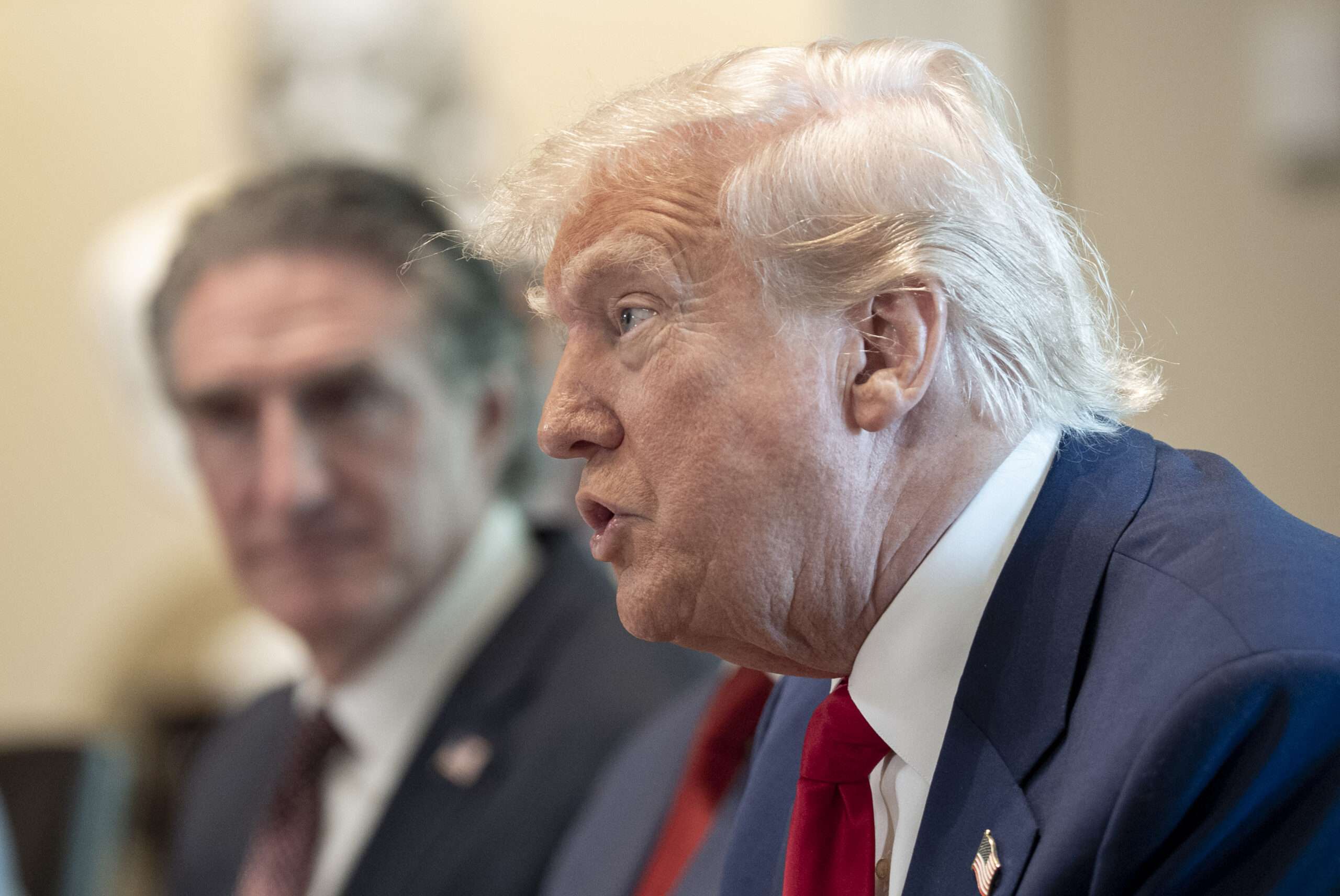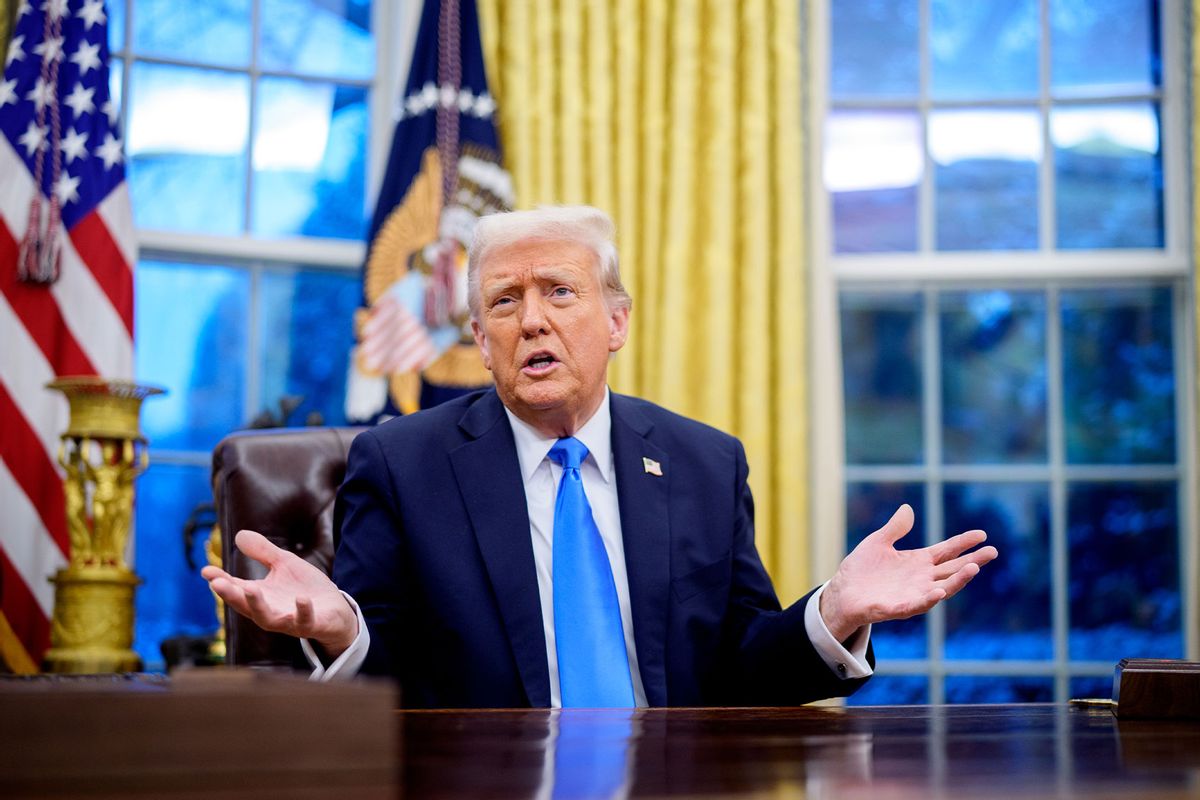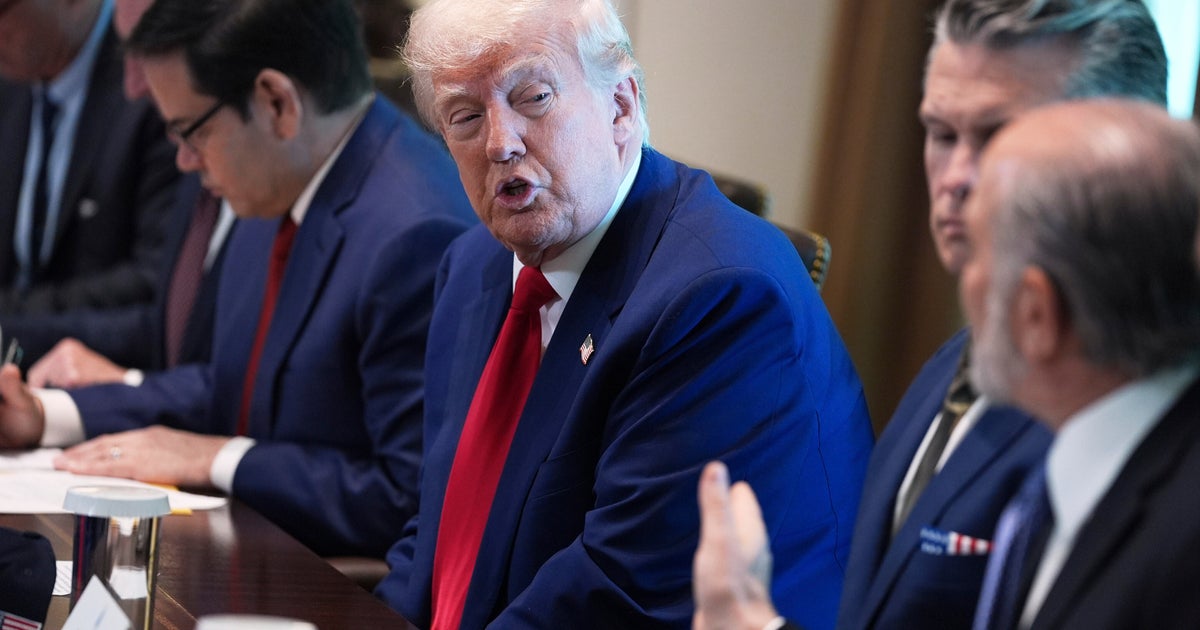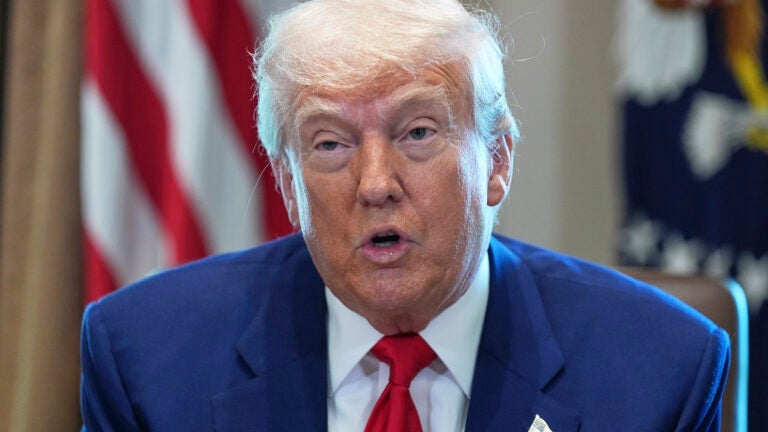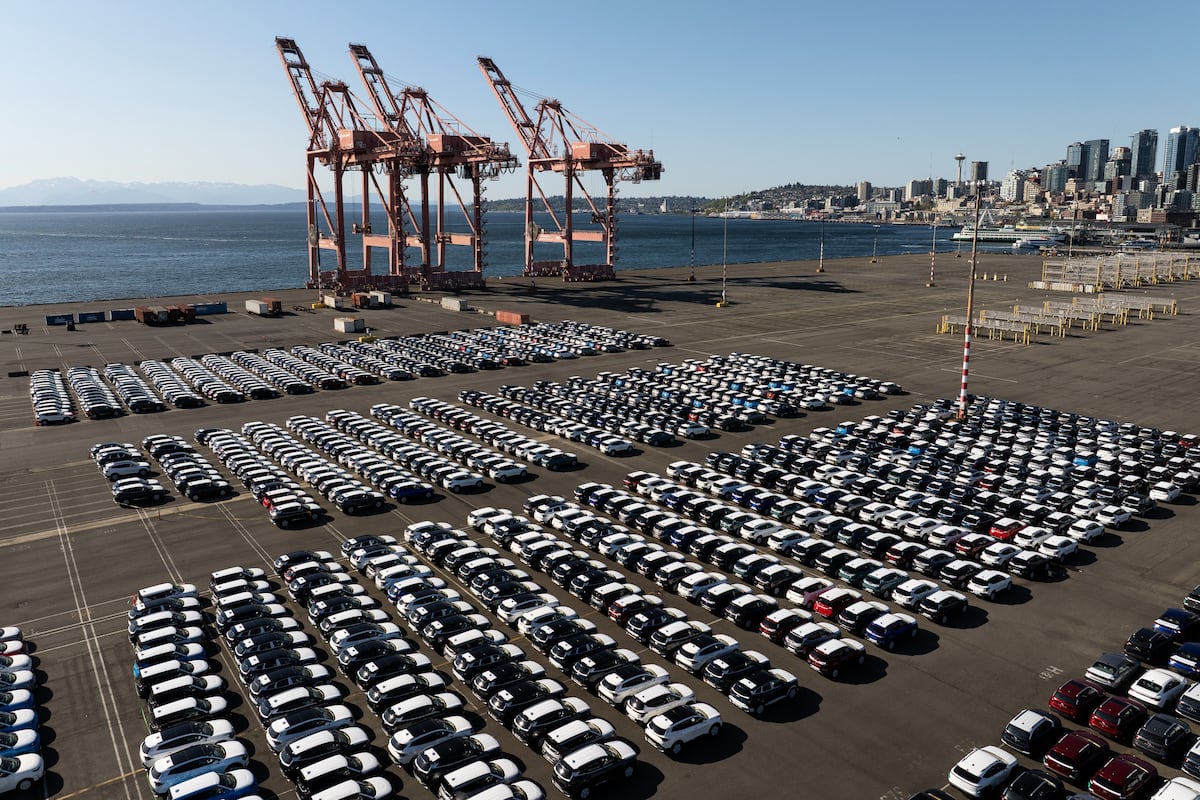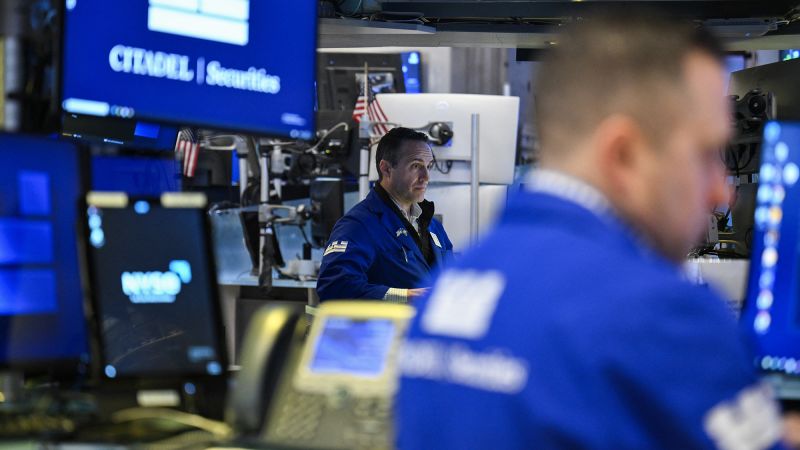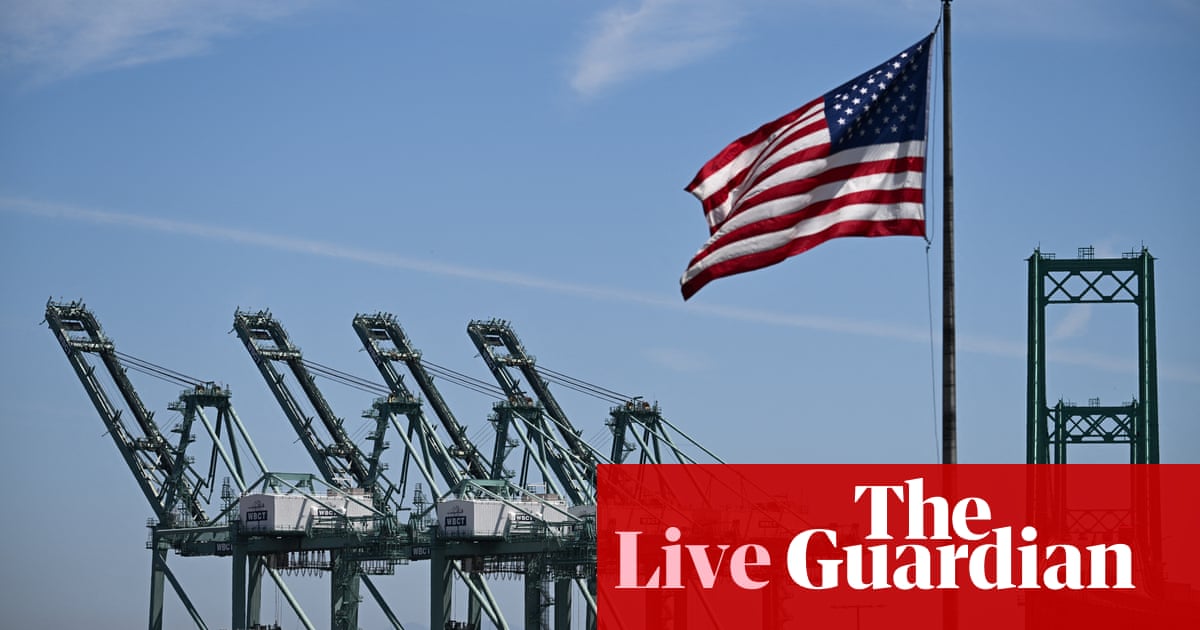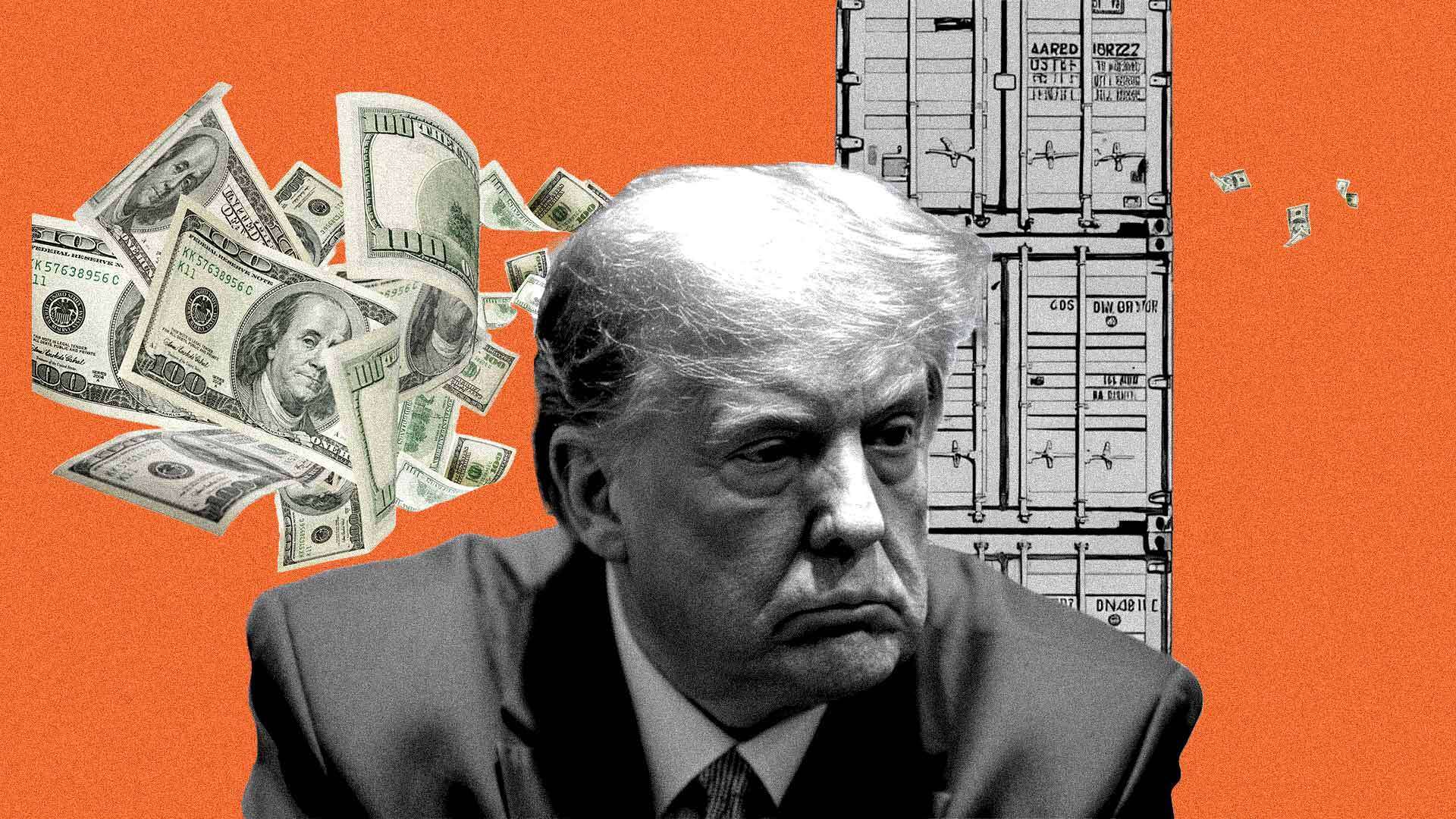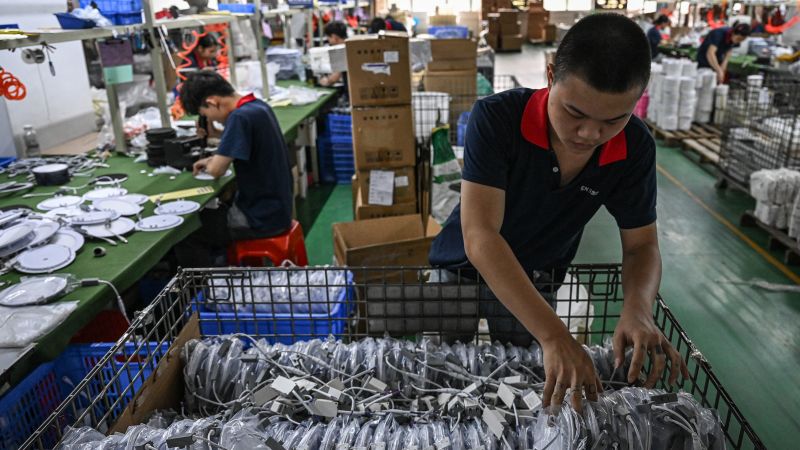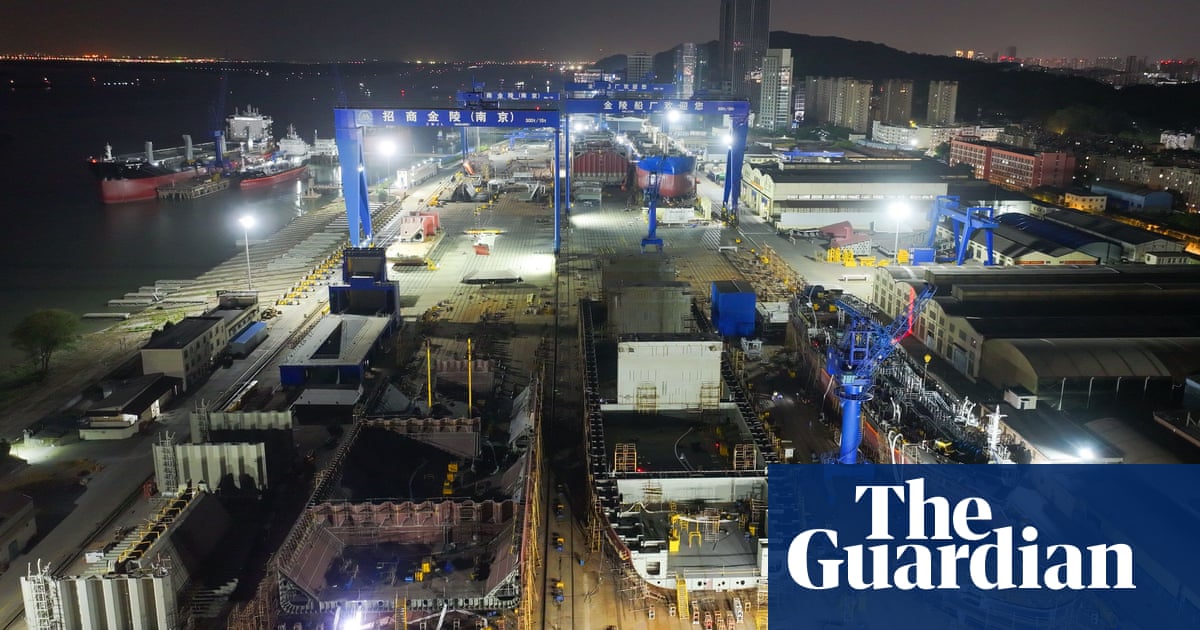Trump Acknowledges Potential Costs of Tariffs Amid Economic Slowdown
President Trump admits tariffs may lead to higher prices and fewer goods, as the U.S. economy shrinks 0.3% in Q1 2025.
Overview
In April 2025, China's manufacturing contracted with a Purchasing Managers' Index of 49.0 amid escalating U.S. tariffs. Concurrently, the U.S. economy shrank by 0.3%, marking its first contraction in three years as businesses hastily imported goods prior to tariff implementation. Despite inflation cooling at 2.3% year-on-year and a 0.7% increase in consumer spending, President Trump acknowledged that tariffs may result in fewer goods and higher prices. He framed these consequences as less impactful on American consumers compared to the challenges faced by China's economy, while Democrats criticized his economic policies as damaging and potentially recessionary.
Report issue

Read both sides in 5 minutes each day
Analysis
- China's manufacturing activity has contracted significantly due to US tariffs, with the Purchasing Managers' Index (PMI) dropping to a 16-month low, indicating decreased export orders and production.
- The trade war between China and the US is causing a major slowdown in China's economy, as American businesses cancel orders and delay expansion plans, showing a negative sentiment in the market.
- Despite some measures taken by the Chinese government to stimulate the economy and support exports, the ongoing trade tensions and tariff impacts suggest a challenging economic outlook for China.
Articles (35)
Center (16)
FAQ
President Trump's tariffs are projected to reduce long-run GDP by about 6% and wages by 5%. A middle-income household faces a potential loss of $22,000.
China, Canada, and the European Union have announced or imposed retaliatory tariffs affecting $330 billion of U.S. exports. This retaliation is expected to reduce U.S. GDP by another 0.2% and 10-year revenue by $132 billion on a dynamic basis.
The U.S. economy experienced a sharp slowdown in the first quarter of 2025, with a GDP contraction of 0.3%, the worst performance since early 2022. Businesses front-loaded imports ahead of the tariff implementation.
History
- 6M

 4 articles
4 articles
- 6M

 4 articles
4 articles
- 6M

 3 articles
3 articles
